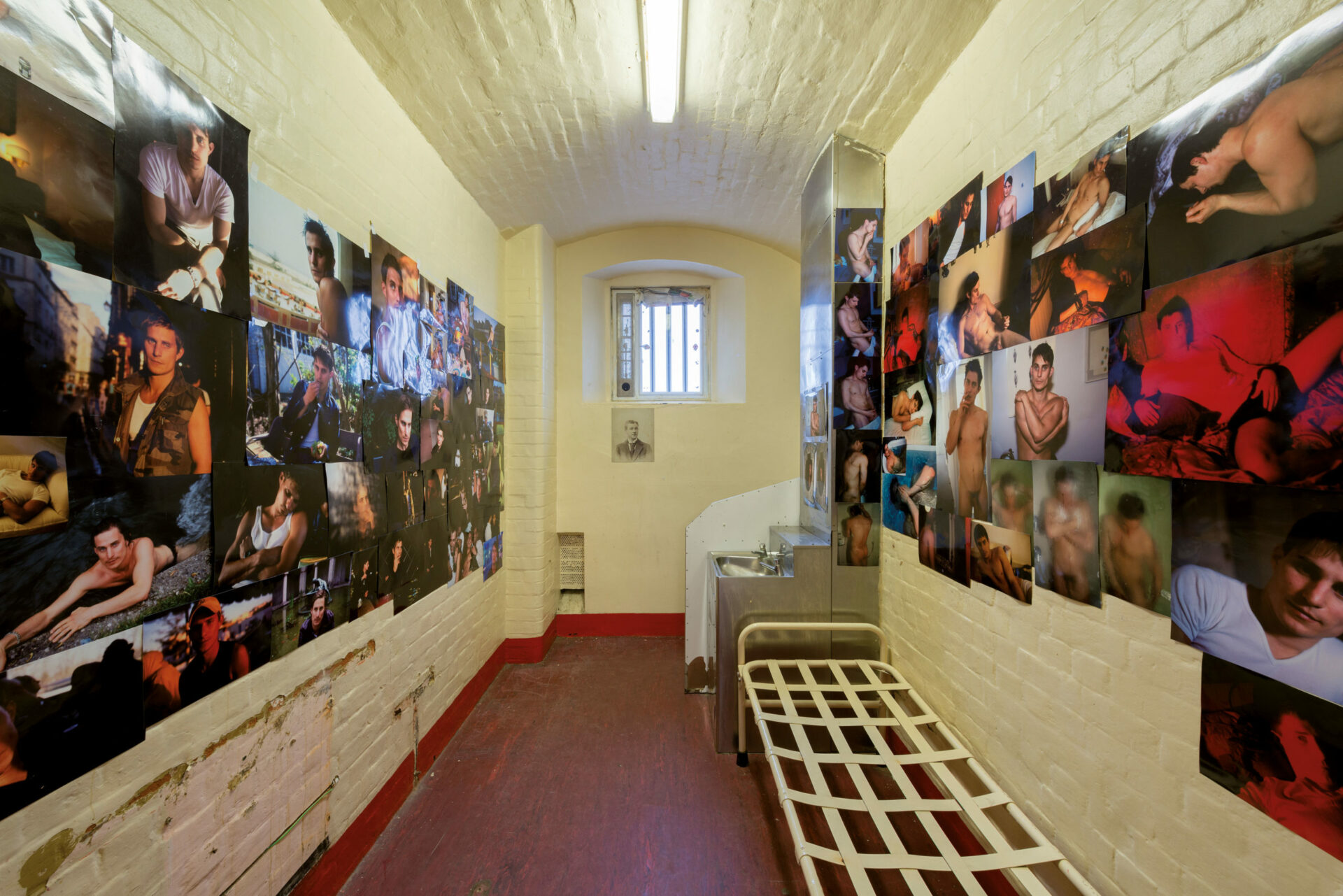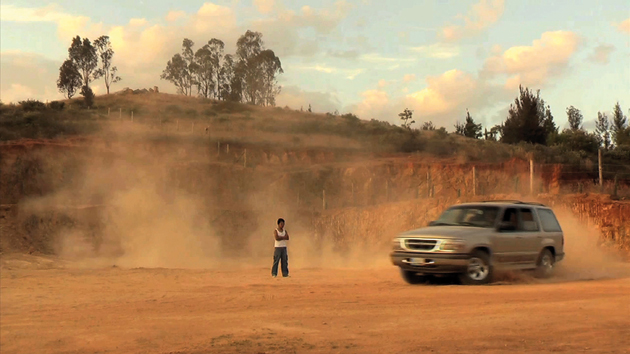Inside: Artists and Writers in Reading Prison

Photo : William Eckersley
It takes roughly three hours to fully absorb and engage with Artangel’s most recent project, Inside: Artists and Writers in Reading Prison. As indicated by the show’s title, the UK-based institution that privileges site-specific, context-oriented exhibitions, has mounted a group exhibition inside HM Prison Reading. The prison, a classic example of Victorian penal architecture, was built in 1844 and continued to function as a working prison until it was decommissioned in 2013 — by which point its capacity had, purportedly, tripled. Site, context, and — perhaps most poignantly — temporality (past and present), here weighs heavy. Looming over the prison is the shadow of its most famous inmate, Oscar Wilde, who was imprisoned from May 1985 to May 1987, on charges of sodomy and gross indecency with men. Prisoners were kept in solitary confinement and forced to wear hoods when in public; hard labour involved turning barrels of rocks with a crank, and separating the tarred fibre scraps of old navy ropes: hence the phrase, “money for old rope.”
Create your free profile or log in now to read the full text!
My Account



